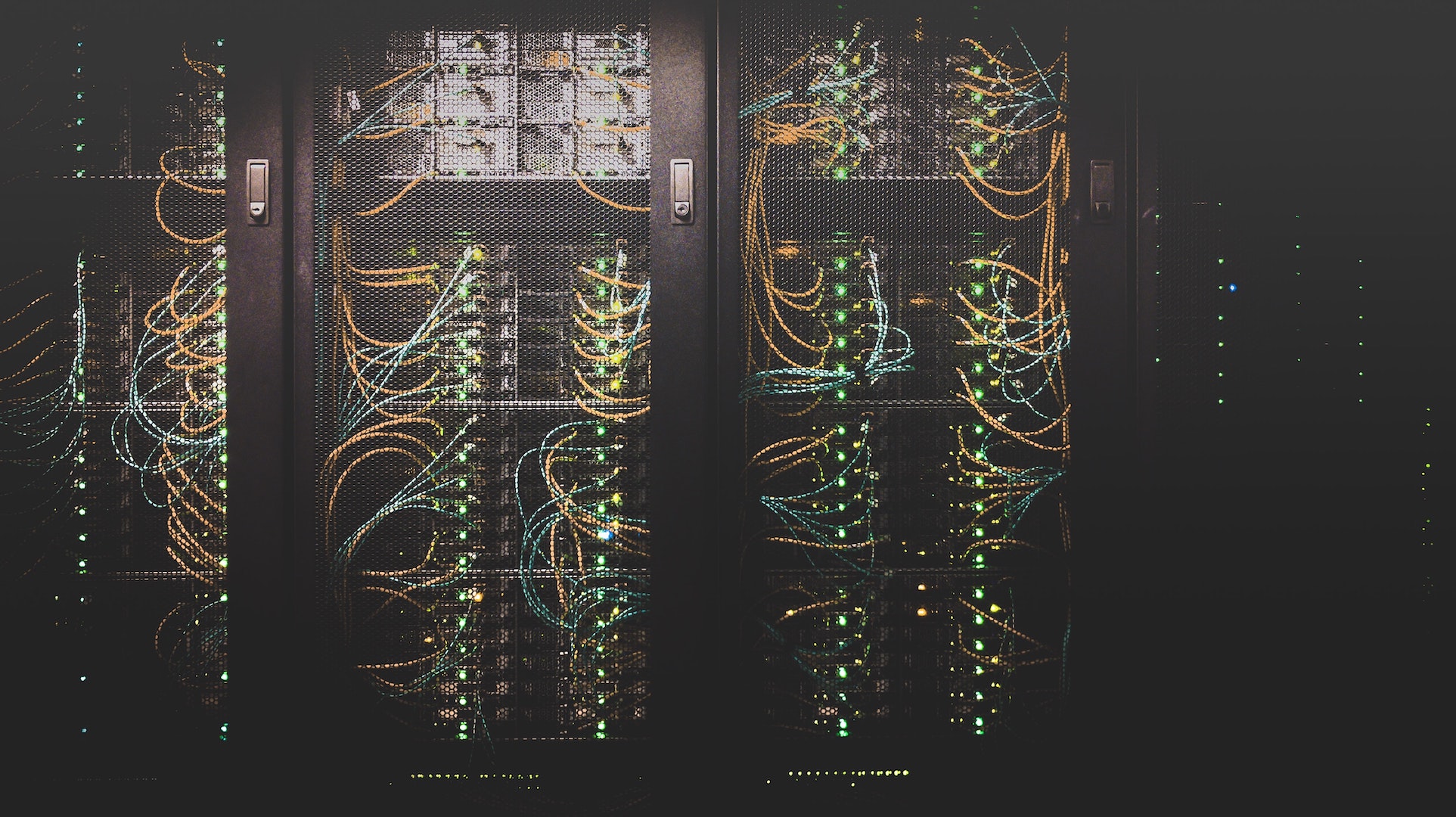Banking Cloud vs On-premises Core Banking Solution
Although this blog post is more about Temenos Banking Cloud offering vs Temenos Transact installation on-premises or in private cloud, though the same actually applies to any solution offered on Software as a Service or Platform as a Service bases vs installation in your own data centre or in private cloud.
This year Temenos during Temenos Community Forum announced Temenos Banking Cloud with a slogan "Innovate in minutes, launch product in days. The industry's fastest time to market." What is Temenos Banking Cloud? It is Temenos SaaS offering of their Temenos Transact solution accompanied with Temenos Infinity and some other solutions from their offering. It allows customers to use banking solution on a pay-as-you-go principle where you don't have to invest into your own infrastructure and pay only for services you use. This offering also allows banks and fintechs to spin up their environments almost instantly add or remove functionality, test your new products in Sandbox and make available to clients quickly. As an added bonus, you can easily add solutions found on Temenos Marketplace to your environment. Once you have started your environment, you have Temenos Model Bank functionality as well as standard Temenos developed APIs that can be used to interface with other solutions you need. All this might sound good, especially when you are fintech startup as you get standard functionality without up-front investment in your own infrastructure as well as you don't need to care about your CBS upgrades, running COBs etc.
As everyone knows, every medal has two sides and it is a case with every SaaS solution. There are pros and cons in every SaaS offering. Main pros I already mentioned and to summarise they are - no upfront investment in your own infrastructure, you can pay as you use and pay only for functionality you use, you can setup new products quickly using standard tools and available functionality, don't need to care about some daunting routine tasks (CBS administration and making sure it is always up and running) and upgrading your environment to get core bugs fixed and have latest functionality. Now about other side of "banking cloud"... As it is a case with any SaaS offering, you don't have flexibility to customise your core environment to better cater to your requirements and you can use only functionality that is available in the cloud (in case of Temenos Banking Cloud, you are tied to Model Bank). Another con in my opinion is that you don't have full control of your environment, are tied to SaaS provider and locked in into provider ecosystem being offered. You are at mercy of SaaS provider employee competency, solution roadmap as well as it's changes and solution versions you will have to use. As we all know software has bugs and each upgrade can fix some and introduce new ones and thus you can never be 100% sure that you won't be in situation when some functionality your business relies on, doesn't become broken. Sure, SaaS provider has some liability, but always it will be limited financially and won't cover your reputation damage in case something goes wrong due to issues with your SaaS provider. If we mention lower costs in the beginning, then think about long run - how much you will pay during the period you expect to use particular solution and how much for the same period you would spend on your own infrastructure you have full control of.
Now let's switch to running CBS on-premises or in private cloud where you just pay for bare server resources and the rest is in your control. What are pros and cons in this setup? If we speak about pros, then all the CBS environment is in your full control, in case of some CBS solution you can even customise it with local developments to better cater your requirements (Temenos Transact is one of such solutions), all the data you hold in your solution is in your full control and you are in control of your team who manages your environment as well. You can also choose when to upgrade your environment to newer solution versions and before upgrade test it throughly to ensure no functionality you are using becomes broken. Sure all this freedom comes with some cost. There is up-front cost in your own infrastructure as well as in your human capital who will be running your environment. There are also licensing costs as well as maintenance costs that need to be factored in. If we talk about time to market with your banking products in your own setup, then initially time to market will be lower as you need to setup your own environment, but, once it has been setup, your products time to market will be comparable with if you would run your CBS in the cloud in SaaS model.
To summarise shortly running CBS in SaaS model or on-premises, both ways have their pros and cons and thus everyone should decide which way to go. For already established financial institutions who have been used to some freedom and who have already established IT team, more suitable will be running CBS on-premises or in private cloud. For startups and fintechs, depending on budget available as well as future plans, decision between SaaS or on-premises / private cloud can be tough. No need for huge investment initially might sound lucrative, but downside is lock-in into SaaS provider offering and dependency on it. If you are sure that offering matches your needs 100% and it will be true in long run, go for SaaS. If you are ready to invest, want to be independent and have time to get your minimum viable product to the market, go for on-premises / private cloud.
PS. Always remember, that cloud is someone else's Linux computers :)

